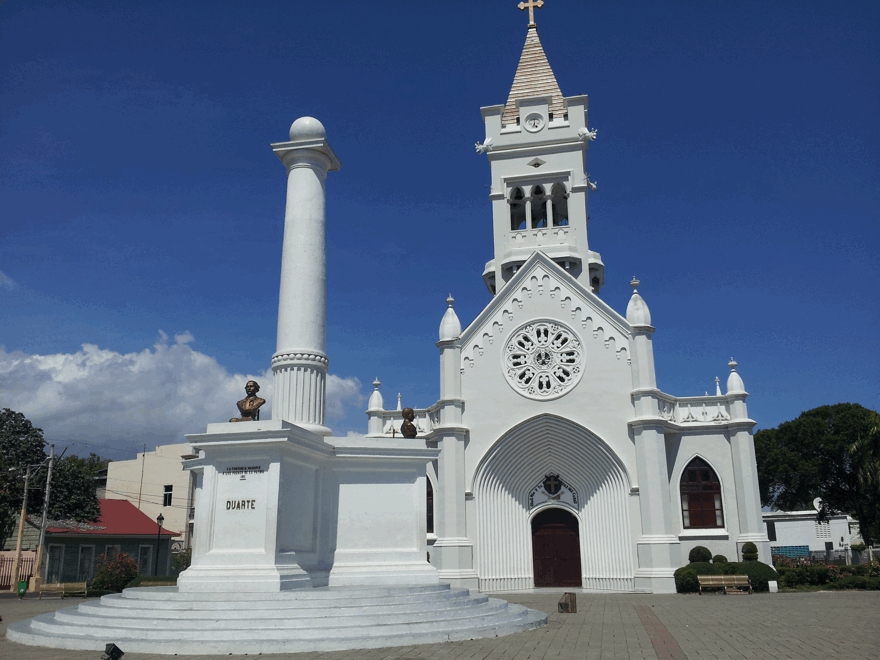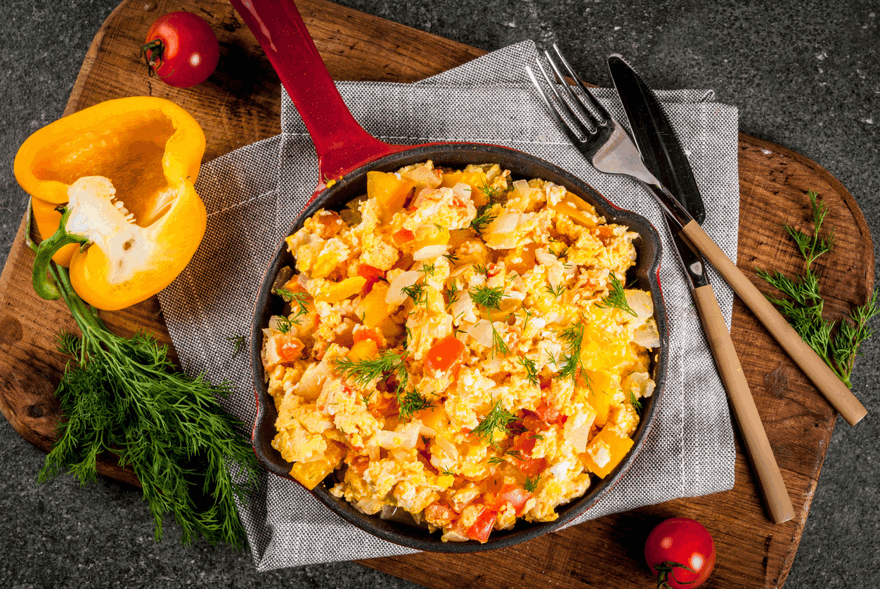
16 Nov What to see in San Pedro de Macorís?
What to see in San Pedro de Macorís?
San Pedro de Macorís is a municipality located in the province with the same name, an hour and a half from Punta Cana and just an hour from Santo Domingo, the capital of the Dominican Republic. The Caribbean temperatures and its tropical climate always make a visit to this region pleasant. 26ºC is the average annual temperature in Macorís and rainfall is seasonal and short-lived. The driest month is March, while the rainy season begins in September, and August and January are the hottest and coldest months, respectively.
Its history can still be felt on its streets, in its customs and with its people. The cultural tradition of San Pedro de Macorís makes it one of the few Dominican places where you can still observe the typical Antillean Momise dance, known as “guloyas”. Its origin dates back to the time of the Cocolos, English-speaking immigrants from the Caribbean who arrived in San Pedro de Macorís from the British Virgin Islands. In this African dance, the protagonists are masked, and the stories told are usually based on biblical lessons or British legends. In fact, there are actually up to three types of dances: the wild dance, where the guloyas move through the city; the dance of “El Codril”, which takes place in two rows; and the dance of father winter. This folkloric manifestation was declared a Masterpiece of the Oral and Intangible Heritage of Humanity and Intangible Cultural Heritage of Humanity by UNESCO in 2005.
Another of the distinctive features of the culture of San Pedro de Macorís is sport. San Pedro de Macorís was the first place where a baseball game was held on the island; it is home to great Dominican talent and is one of the top producers of baseball players in the world. The city’s baseball team is Las Estrellas Orientales and was founded in 1910. Its headquarters, the Tetelo Vargas Stadium, is one of the best-known in the country and the place where you can enjoy an exciting game during your visit.

There are many tourist attractions to visit in San Pedro de Macorís, but the main one is El Malecón. This is the place par excellence for leisure activities and a meeting point for partying and sports. It has everything you could need so that the whole family can have a good time, with separate areas for those looking for a quieter time or for those who want to immerse themselves in the Caribbean nightlife.
Among the most important parks is the Juan Pablo Duarte park, located in the heart of the historic centre, home to thousand-year-old trees, mainly cedar and palms, and it is the place where families and groups of friends get together on a daily basis. It is surrounded by the Independencia, Rafael Deligne, General Cabral and Alejo Martínez avenues.
To head into nature, there is nothing like a visit to the Laguna Mallén, a wildlife refuge converted into a wildlife and safari park. It is one of the most impressive places in San Pedro de Macorís due to the great variety of birds that inhabit it and that can’t be seen anywhere else in the entire Eastern Region. It is more than 8 km long and it is the largest protected area in the region. In the centre of the lagoon there is a small island called Isla de la Mujer (Woman´s Island), where the rangers live. It’s an eco-tourism spot that you will never forget.

The food in San Pedro de Macorís is another of the reasons why your trip will be unforgettable. Thanks to its historical diversity, it shares characteristics with the national gastronomy, while adding in its own ingredients inherited from the immigrant groups of the British Isles. The Domplin, made with wheat flour and served with cod or salami, is one of the main dishes, but the real star is the “Johny Cake”, a cornmeal flatbread that is accompanied by sausage, spaghetti or egg. Fish is one of the staples in their diet, so you’ll also find numerous recipes that you can wash down with guavaberry, the typical drink of the region. It’s a liquor of Cocolo origin, which is made with yellow or purple blackberries, cooked in syrup with cinnamon, plums, raisins and macerated in rum, which is left to age for a couple of months.
San Pedro de Macorís isn’t just a must-see on your trip to the Dominican Republic, but is also the starting point for interesting outings to the towns of Juan Dolio and La Romana, where you can enjoy days spent on paradisiacal beaches in the middle of nature. In the town of Juan Dolio, you can explore the artisan shops and relax on the golden sand surrounded by coconut palms, while in La Romana you should visit the Cueva de las Maravillas (Cave of Wonders), a place where history and geology go hand-in-hand, allowing you to learn more about the past of this beautiful island.
Do you already have your dates to visit the Dominican Republic?




No Comments